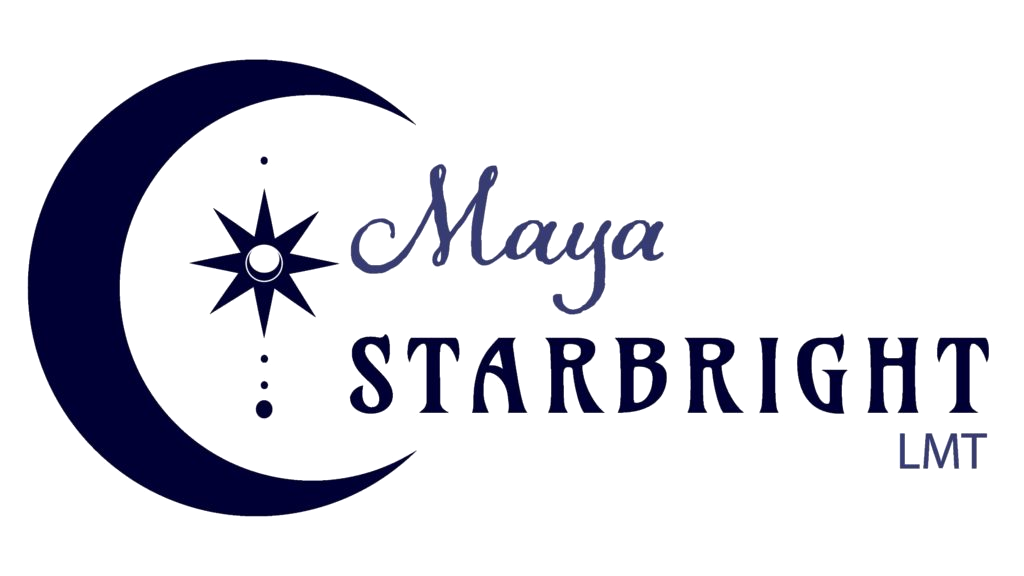Relaxation massage is a gentle type of massage that’s ideal for people who are new to massage, have a lot of tension or are sensitive to touch. The technique is a smooth, gentle, flowing style with plenty of oil that promotes general relaxation, relieves muscular tension, improves circulation and range of movement. It is mostly superficial and does not ‘resolve’ injuries or fascial issues. It is used to relax, revive and rejuvenate you at a depth that does not cause discomfort. Most massage has elements of this built in, including deep tissue and myofascial work. And most people are fond of a little deeper work somewhere in the sequence of their massage, although the amount and duration varies from person to person. For this reason I like to say Rejuvenation massage, which incorporates Relaxation techniques and deeper tissue modalities, customized just for you. Other words used to indicate this approach to bodywork is Integrative Massage, Wholistic Massage, Intuitive Massage, or one of my favorite terms, Massage Improvisation.
Deep Tissue Massage
Deep tissue massage is a specific type of massage that works on the deep layers of muscle and fascia in the body. During a deep tissue massage, your massage therapist will use slow strokes and deep finger pressure to relieve tension from the deepest layers of your muscles and connective tissues. It’s a good option if you have chronic muscle problems, such as soreness, injury, or imbalance. It can help relieve tight muscles, decrease chronic muscle pain, break up scar tissue (if it is new or fresh), and increase mobility and flexibility. The techniques used in deep tissue are very similar to Rolfing, Structural Integration, or SOMA work.
Accident Massage
A massage may be a great way to help heal your mind and body in the wake of an accident. We recommend massage ONLY after doctors approval and 48 hours after an accident. If you suffered any injury, such as whiplash, massage can help speed along the healing process by promoting the circulation of blood, oxygen, and the removal of toxins. Specific techniques stop the pain/inflammation cycle and muscle spasms so the body can heal. In conjunction with other healing modalities such as chiropractic, physical therapy, or acupuncture, massage therapy is an especially effective modality for recovery.
Myofascial Release
Myofascial Release is a therapy technique that can be immensely effective in decreasing pain, restoring range of motion and breaking down scar tissue. When tension is released throughout the connective tissue, it can return to it’s normal, flexible state. Thus, the client can feel more flexibility and less pain. Connective tissue (or fascia) is one contiguous, structural unit and looks very similar to a knitted garment. Release in one area creates release throughout the whole body. For more about Myofascia, please see my blog post titled, “Myofascia is Connective Tissue”
Trigger Point Therapy
Trigger point therapy is a bodywork technique that involves the application of pressure to a specific area in the muscle tissue in order to relieve pain and dysfunction in other parts of the body. It may also be called myofascial (myo meaning muscle, fascia meaning connective tissue) trigger point therapy. Trigger point therapy is sometimes regarded as one of a group of treatment aproaches called neuromuscular therapy or NMT. Trigger point therapy is said to interrupt the neural signals that cause both the trigger point and the pain. The object is to eliminate pain and to reeducate the muscles into pain-free habits. In this manner, the swelling and stiffness of neuromuscular pain is reduced, range of motion is increased, and flexibility and coordination are improved. The therapy can also relieve tension and improve circulation. Typically this technique will show up in a deep tissue massage or a rejuvenate massage, and not likely in a relaxation only massage.
Sports Massage
Sports Massage is a form of bodywork geared toward participants in athletics. It is used to help prevent injuries, to prepare the body for athletic activity and maintain it in optimal condition, and to help athletes recover from workouts and injuries. A sports massage can be done as a full-body massage or the massage therapist may focus on the parts of the body that need the most attention. Deep pressure may be alternated with soothing strokes depending on your needs. Please see my blog post “Defining Sports Massage” for more information.
Certified Prenatal Massage
Prenatal massage, or pregnancy massage, uses mild to moderate pressure similar to Swedish massage. The focus on areas such as your lower back, hips, and legs can help reduce pregnancy body aches, reduce stress, and ease muscle tension. You can get a massage at any time during your pregnancy. With the use of side-lying positions and bolsters, pillows, and blankets you are comfortable during the massage, and deeper pressure can be applied if desired. POST PREGNANCY is also a very good time to receive massage, and should not be overlooked.

